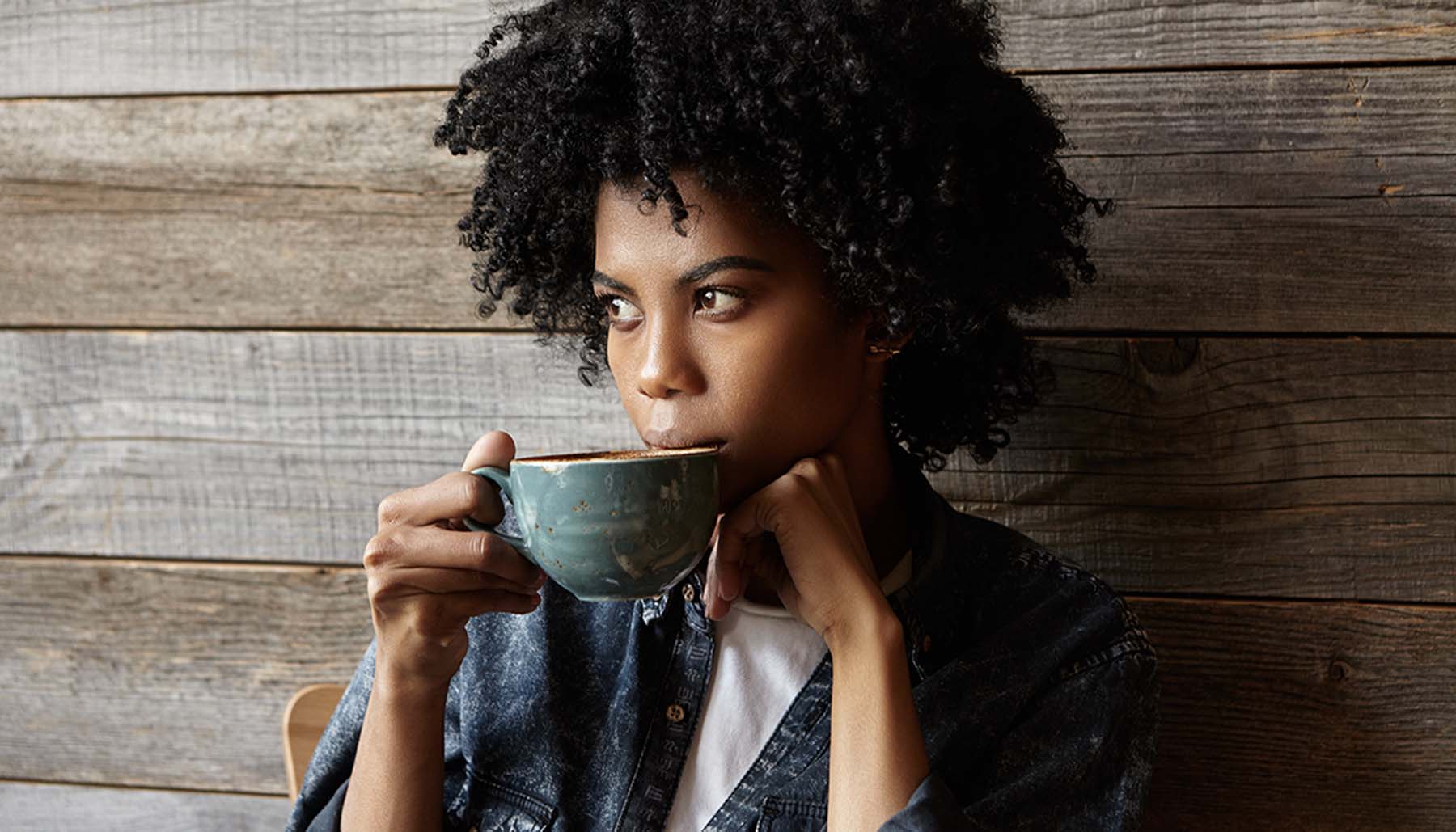What is it about beverages that turns people into snobs? Wine snobs, beer snobs, coffee snobs—and yes, tea snobs. These self-appointed gatekeepers make life difficult for the rest of us, whether they mean to do it or not.
There are a lot of great reasons to start drinking tea. It’s the world’s most popular beverage for a reason! Tea is a central part of many cultural traditions from around the world. Whether it’s grabbing a cuppa after a night out or pouring an exquisite brew in a tea ceremony, the world loves our hot leaf water.
So where do you get started on your new path as a bona fide tea drinker? Put the kettle on and let’s chat.
First, Never Microwave
Over the summer, a viral TikTok showed an American mother and daughter living in England teaching the audience how to make tea the British way. It was a disaster. They microwaved mugs of water, sending millions of Brits into fits of rage and mockery.
If you’re going to drink tea, boil your water in a kettle. Doesn’t matter if its stovetop or electric.
Loose Leaf vs. Bags
Proper tea snobs will tell you that loose-leaf tea is the only way to go. They’re not wrong… but that tea is often more expensive and much more difficult to brew at home for newbies. I won’t judge you if you buy teabags. They might not be quite as good or flavorful as loose leaf, but that’s okay. You don’t buy a vintage Gibson Les Paul to learn how to play scales, you know?
Just make sure that they are fresh, okay? My favorite brand is Stash Tea, but you have a huge variety of options to choose from. Maybe too many options. Let’s narrow it down a little.
Basic Types of Tea
Tea comes in a huge variety of flavors, yet it all comes from the same plant, Camellia sinensis. The difference comes down to the processing.
- White tea is the least processed of all the types and yields the lightest, most delicate flavors.
- Green tea is heat dried and rolled, preventing the oxidation that turns leaves black. Powdered green tea is called matcha.
- Oolong tea is processed extensively, often over multiple days, giving it a more complex flavor.
- Black tea has the strongest flavor and the darkest color. Unlike oolong, it completes the whole process of drying and oxidation in a single day.
Herbal teas aren’t technically tea at all. They are more accurately called tisanes, but literally no one other than aggressive tea snobs will correct you, and they can be safely ignored.
You may also encounter rooibos (roy-boss) on your tea adventures. Unlike Camellia sinensis, which originated in China, rooibos comes from an African plant called Aspalathus linearis. It is similar in taste to black tea.
Figuring Out What You Like
The best way to get into tea is to try lots of different types and flavors. For my money, you can’t go wrong with a nice, strong chai, a black tea blended with ginger, cinnamon, cardamom, and other spices. However, you might want to avoid the artificially flavored teas for a while as you develop your palate. Skip the milk and sweetener, too, so that you can appreciate the tea’s natural complexity.
That being said, drink whatever you think tastes good! The tea police are not going to show up and dash that cup of “Mrs. Kringle’s Christmas Cookie Delight” out of your hands. Try a cup of all four basic types of tea, as well as experimenting with herbal blends. Keep in mind that tea contains caffeine—usually less than coffee, but still present.
Developing your own tea ritual can be a wonderful way to anchor your day. Try starting the morning with a fragrant cup of your latest favorite brew. Tea is very difficult to rush, so preparing and drinking it forces you to slow down. That’s valuable in itself, even if it wasn’t so darn delicious.













